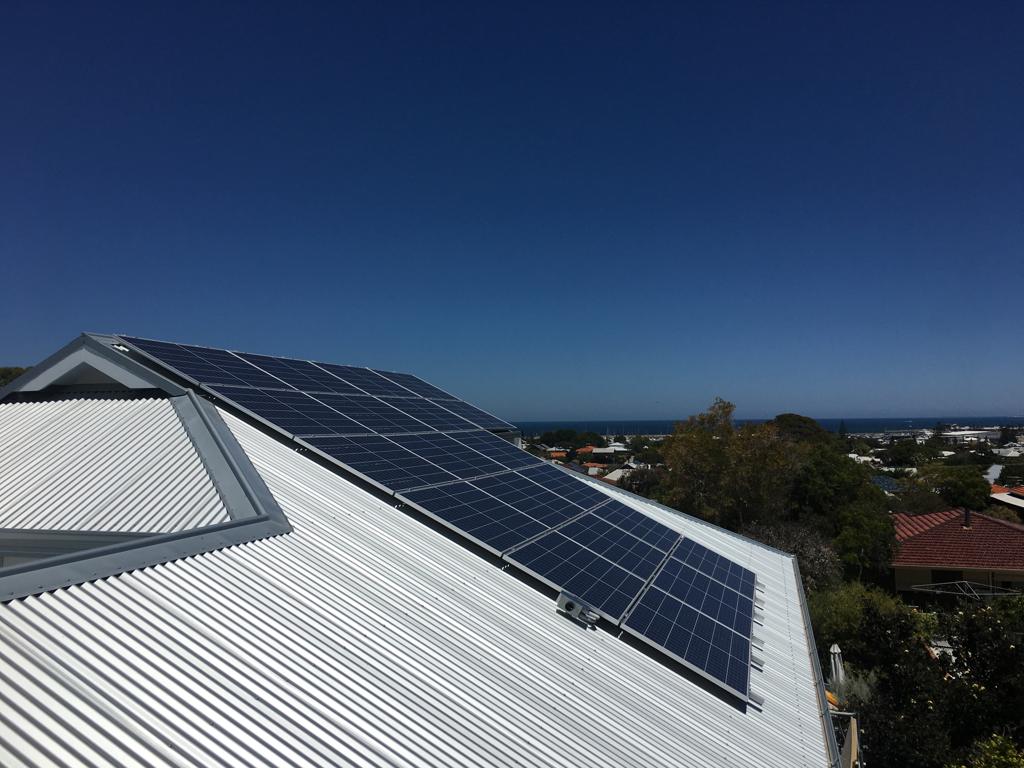Australia looks set to achieve a world-beating 3 GW of rooftop solar in 2020 and the Australian Energy Market Operator (AEMO) yesterday launched its DER Register to provide the operator with a comprehensive overview of installed capacity of systems connected to the grid, allowing it to understand how this vast resource behaves in general and in response to events such as extreme weather and electricity outages.
As of Sunday, March 1, electricity distribution networks require the collection of more data on small generators across the National Electricity Market, from Queensland to Tasmania and across South Australia.
The information will be collected as part of existing grid-connection approval processes managed by network services providers (NSPs) and installers, and must be supplied to AEMO within 20 days of asset activation.
The DER Register will allow AEMO visibility over new installations of rooftop solar, battery storage, electric vehicles, smart meters and other equipment, and upgrades to existing systems must also be submitted to the register.
“More and more Australians are investing in distributed energy devices, creating an opportunity to develop a world-leading system that harnesses electricity and energy-related services from DER in homes throughout Australia,” said Violette Mouchaileh, AEMO’s Executive General Manager of Emerging Markets in a statement released on Friday.
Tracking and trading
In order to better manage a grid that in the near future is expected to source up to half of its power needs from consumer-owned equipment, AEMO must understand the location and operational capability of these grid-connected generation, device-management and storage devices.
The DER Register is the first step in creating a flexible two-way energy system, in which value will be exchanged between residential and commercially owned DER devices and the system as a whole.
Optimising large developments to meet the collective small-scale resource
It’s important also at this stage of Australia’s energy transition, that AEMO is able to reckon with the volume of distributed resources and how they impact demand, as it plans for cost-effective further investment in large-scale assets and transmission.
The Australian Energy Market Commission amended the National Electricity Rules in late 2018 to enable establishment of the DER Register, and since then AEMO has worked with NSPs, industry groups and other stakeholders on register design and to agree on required datasets and data collection processes.
Analysis of the resulting information will help AEMO prepare the grid for long-awaited innovations such as virtual power plants (VPPs) and a sophisticated energy market that offers consumers true participation.
In a list of Frequently Asked Questions on the DER Register portal, AEMO says that in order to operate the grid and electricity market in real time, 365 days a year, it needs “to have a good understanding of how the grid will react when things don’t go to plan”.
At times, it says, the grid and AEMO are highly dependent on collective residential and business demand control, but without a comprehensive database of installations, its ability to coordinate these resources is hobbled.
In January’s heatwave and bushfire conditions, the for example, AEMO called on New South Wales consumers to “temporarily reduce their energy usage where it is safe and possible, by avoiding running multiple appliances at once, setting air conditioners to 24 degrees, and temporarily switching off pool pumps”.
Towards a future-perfect state of smooth operations
In future, regulated control mechanisms may enable the grid operator to seamlessly and automatically manage such requests and opportunities for consumers to respond to market needs as they arise.
“With increased knowledge of DER, AEMO can better manage the grid and ensure that consumer-led energy investments support energy system reliability and security, while maximising value for Australia’s energy consumers,” said Mouchaileh.
Subsequent to the DER Register reaching critical mass and following consultation with stakeholders, AEMO expects to roll out an interrelated portfolio of projects, including a publicly available dashboard based on the data held in the DER Register. It is inviting stakeholders to contribute ideas on the kinds of reports it should generate to assist in further integration of DER into the future electricity system.
In its FAQs the market operator reassures customers that it is not collecting personal details of NEM participants, but rather technical and locational data on small generating and storage systems, and “some information about contractors and installers involved in the DER installation process as this is required to manage the integrity of data provision”.
This content is protected by copyright and may not be reused. If you want to cooperate with us and would like to reuse some of our content, please contact: editors@pv-magazine.com.









Interesting, with the California market in the U.S. and ‘mandates’ for all solar PV roof construction from now on, it would make sense to use this type of communication to determine the operation of the grid as a whole. Still CAISO the ‘independent’ grid operator still thinks “curtailing” utility scale solar PV or wind generation facilities and using the spot electricity market to buy fueled generation to ramp around grid demands is the “most cost effective” way of running the grid. This will be interesting to watch as it has also been ‘mandated’ that Diablo Canyon nuclear plant will be decommissioned by 2023. With around 2.1 GW of baseload generation gone, how will CAISO justify their operation of the grid? I guess Australia will have to show the world and the institutionalized rote electric utilities will have to ‘follow’ the leader.